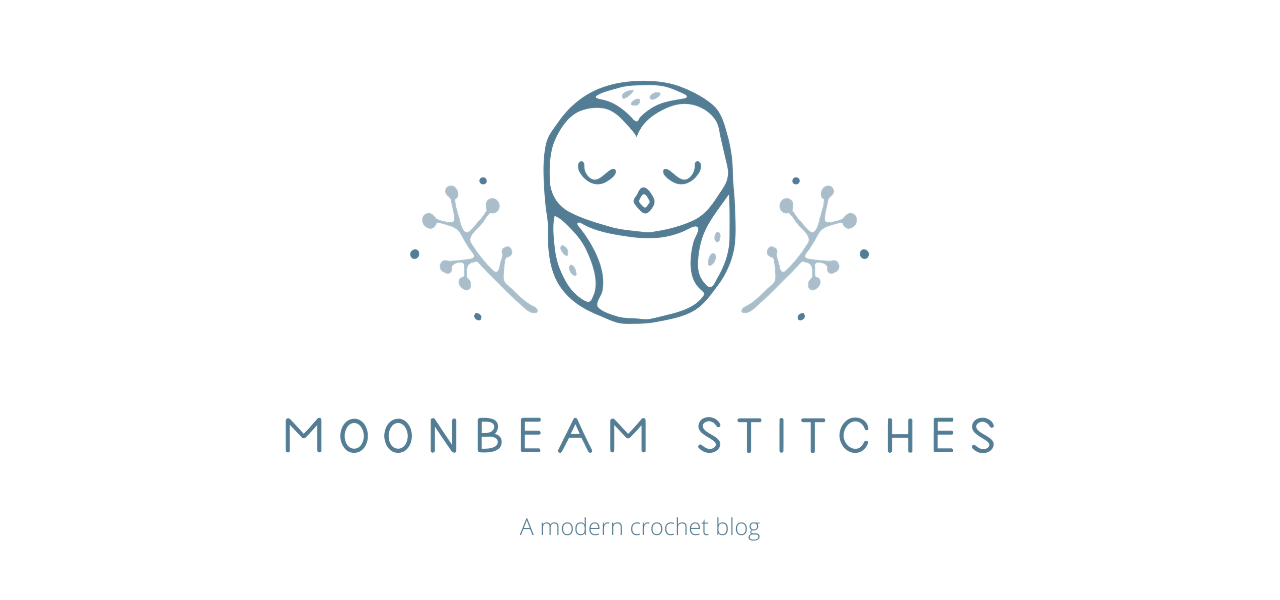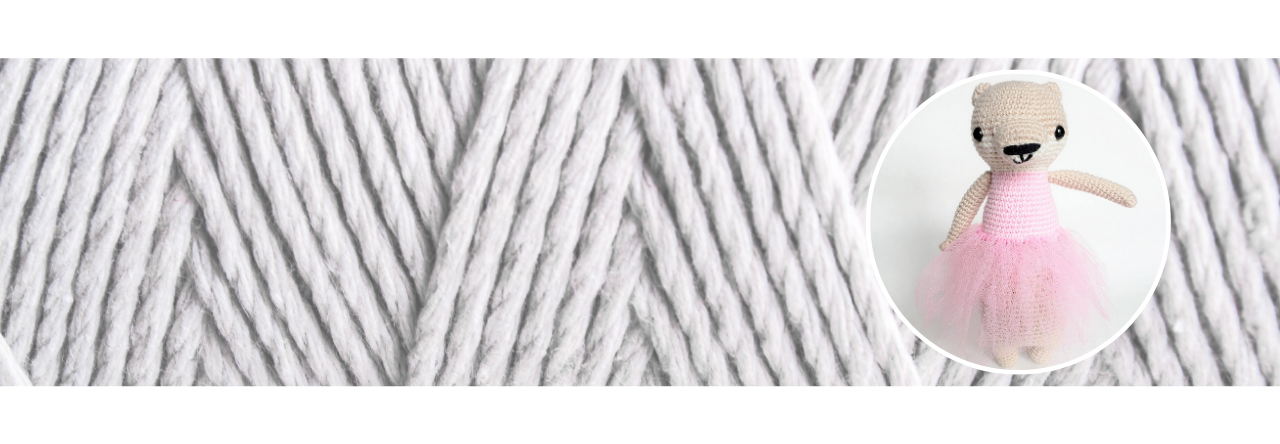
This post may contain affiliate links to products I recommend to you all. If you click on one of these links and decide you’d like to make a purchase, I will make a small commission (at no extra cost to you).
Yan Schenkel’s whimsical crochet animals of “Animal Friends of Pica Pau” captured my attention back in 2020 and was a big reason I got into amigurumi. What makes it so special?
“Animal Friends of Pica Pau” was my first crochet book purchase. I checked it out three times from my local library before concluding I had to have my own copy. No regrets! I still refer to it all the time so I’d say it’s money well spent. And what better way to support a designer than to buy the work of art they spent months or years of their life creating?
The book has two sections. The first section focuses on education with tutorials on basic stitches and techniques. The second section contains 20 detailed amigurumi patterns with multiple pictures and charts.
“Animal Friends of Pica Pau” Patterns
I’ve made 10 of the 20 patterns from “Animal Friends of Pica Pau” and consider myself to now be a bit of a Pica Pau expert! If I can pick up this book as a beginner and end up with a pretty good end product, you can too.
The 10 characters I’ve made are Hans Grizzly Bear, Murray Sea Otter, Lola Panda, Charles Woodpecker, Bonny Puffin, Hugo Bat, Marcia Alpaca, Daniel Jack Russell, Robin Unicorn and Gertrude Dragon. Obviously I’ve got a thing for the birds and four-legged creatures!
Lola Panda was the easiest of the patterns I’ve made, while Gertrude Dragon was by far the hardest and most time-intensive. Bonny Puffin teaches tapestry crochet, which I found challenging and fun. I loved the pattern created by her scarf. Changing colors can be a bit fiddly but the time feels like it passes faster as you see the design continue to grow.
Hans Grizzly Bear is probably the pattern I’ve made the most. I even designed a skirt for a female version I made and posted about it over here.

Conclusion
In conclusion, “Animal Friends of Pica Pau” is a wonderful addition to your library with its approachable and beautiful patterns and instructive tutorials. I can’t recommend it highly enough.
What about its follow-up, “Animal Friends of Pica Pau 2”? Read my review here!
Pin for Later!



Lauren
I have made Hugo and a female version with no issues in the patterns. I just started Rene and I am having major issues because I’m working the pattern exactly as it says and it’s not working out. I’ve pulled it apart and started over 13 times so far. Round 4 doesn’t work up correctly and the nostrils end up on the round of the snout and the middle of the snout. I’m not a beginner and I know I’m not missing stitches or stitching the right areas. I’ve looked everywhere and was hoping you would have some advice or help. Thank you in advance if you can help me!
moonbeamstitches
Hi Lauren! Sorry this comment is soooo late, I’m sure you already figured it out by now. Do you yarn over or yarn under when you crochet? Google that if you aren’t sure what I mean. If you yarn over then you are making stitches that look like Vs. If you yarn under, you are making stitches that look like Xs. The author of Pica Pau yarns under, which makes the stitches tighter. It does affect the placement of stitches like the nostrils and can make it look off (it can also make striping look off). I also yarn over so I encounter these issues from time to time – I eyeball the placement and place things where I think they look better. As long as your stitch count is correct, it’s fine!